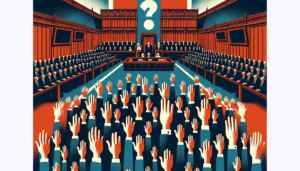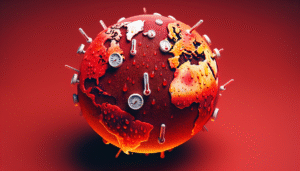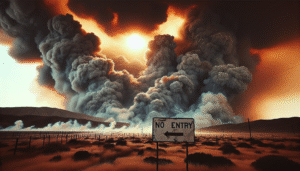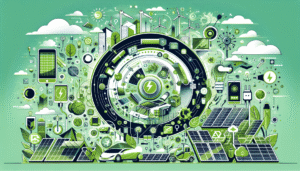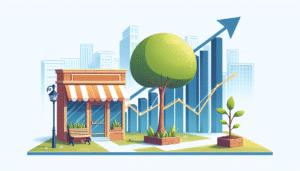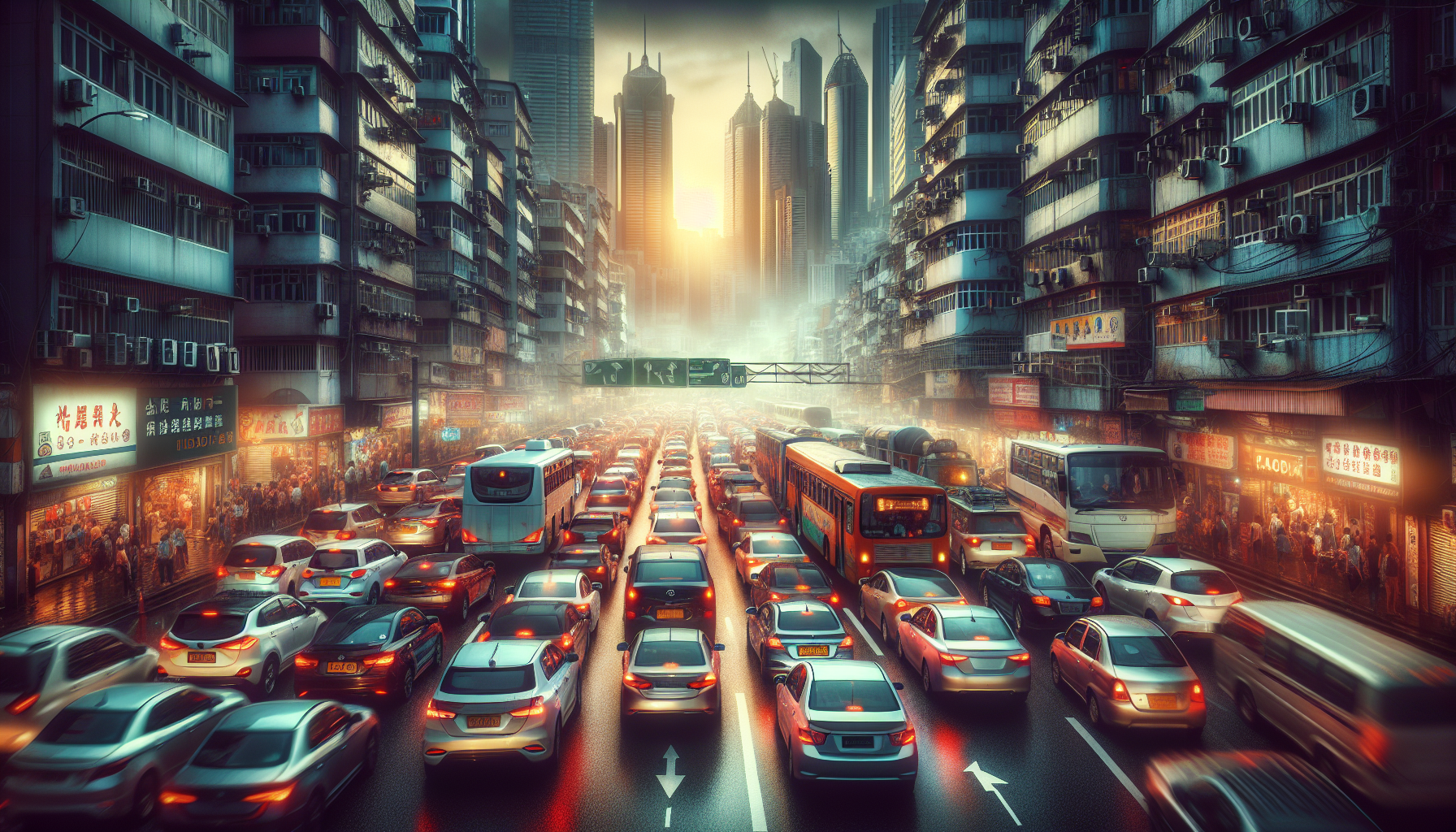
Traffic Congestion Worsens in Urban Areas: A Growing Global Challenge
The Creeping Gridlock: Understanding the Scope of the Problem
Traffic congestion, the bane of modern urban existence, is intensifying globally. From sprawling metropolises like Los Angeles and Beijing to rapidly developing cities in Africa and Southeast Asia, the daily struggle with traffic jams is becoming increasingly pervasive. This escalating problem isn’t merely an inconvenience; it carries significant economic, social, and environmental repercussions. Lost productivity, wasted fuel, increased air pollution, and heightened stress levels are just a few of the detrimental consequences of worsening traffic congestion.
Driving Forces Behind the Gridlock: A Confluence of Factors
Several key factors contribute to the growing traffic congestion crisis. Rapid urbanization is a primary driver. As populations flock to urban centers seeking opportunities, the existing infrastructure often struggles to accommodate the influx of people and vehicles. This leads to overcrowded roads and strained public transportation systems. The rise of private vehicle ownership, particularly in developing economies, further exacerbates the problem. More cars on the road inevitably lead to increased congestion, especially when road networks are not adequately expanded or maintained.
Economic Impacts: A Drain on Resources and Productivity
The economic costs of traffic congestion are staggering. Businesses suffer from delayed shipments, reduced productivity, and lost business opportunities. Employees waste valuable time commuting, leading to increased stress and reduced job satisfaction. The Texas A&M Transportation Institute’s Urban Mobility Report estimates the annual cost of congestion in the United States alone to be in the billions, accounting for lost fuel and wasted time. Globally, these costs are exponentially higher.
Environmental Consequences: A Threat to Air Quality and Public Health
Traffic congestion significantly contributes to air pollution. Idling vehicles release harmful pollutants like nitrogen oxides, particulate matter, and carbon monoxide, degrading air quality and posing significant health risks. These pollutants can trigger respiratory problems, cardiovascular diseases, and other health issues, particularly among vulnerable populations like children and the elderly. Moreover, increased fuel consumption due to congestion contributes to greenhouse gas emissions, exacerbating climate change.
Social Repercussions: Eroding Quality of Life
Beyond economic and environmental impacts, traffic congestion also takes a toll on social well-being. Increased commute times erode valuable leisure time and create stress, impacting mental and physical health. The frustration and anger associated with traffic jams can lead to road rage incidents, further jeopardizing safety. Furthermore, congestion can limit access to essential services like healthcare and education, disproportionately affecting lower-income communities.
Seeking Solutions: Strategies to Alleviate Traffic Congestion
Addressing the complex challenge of traffic congestion requires a multifaceted approach. Investing in public transportation is crucial. Efficient and affordable public transit systems can encourage people to shift away from private vehicles, reducing the number of cars on the road. Expanding and improving existing road infrastructure, including building new roads and optimizing traffic flow through intelligent transportation systems, can also help alleviate congestion.
The Role of Technology: Smart Solutions for Smarter Cities
Technological advancements offer promising solutions for managing traffic flow and reducing congestion. Smart traffic management systems utilize real-time data to optimize traffic light timings, monitor traffic flow, and provide drivers with real-time information about congestion and alternative routes. Ride-sharing services can also contribute to reducing the number of vehicles on the road by facilitating carpooling and optimizing vehicle utilization.
Promoting Sustainable Transportation: Shifting Towards Greener Modes
Promoting sustainable transportation options, such as cycling and walking, is essential for reducing traffic congestion and improving air quality. Creating dedicated bike lanes and pedestrian walkways can encourage people to choose these eco-friendly modes of transportation for shorter commutes. Investing in electric vehicle infrastructure and promoting the adoption of electric vehicles can further reduce emissions and contribute to a cleaner urban environment.
Urban Planning and Design: Creating Livable Cities
Urban planning and design play a critical role in addressing traffic congestion. Developing mixed-use neighborhoods, where residential areas are integrated with commercial and recreational spaces, can reduce the need for long commutes. Promoting higher-density housing near public transit hubs can further encourage the use of public transportation and reduce reliance on private vehicles.
Policy Interventions: Implementing Effective Regulations
Effective policy interventions are crucial for managing traffic congestion. Congestion pricing, where drivers are charged for using congested roads during peak hours, can incentivize people to travel during off-peak times or use alternative modes of transport. Implementing stricter parking regulations and promoting car-free zones in city centers can also help reduce traffic volume and improve air quality. Collaboration between government agencies, urban planners, and transportation experts is essential for developing and implementing comprehensive strategies to tackle the growing challenge of traffic congestion in urban areas.







